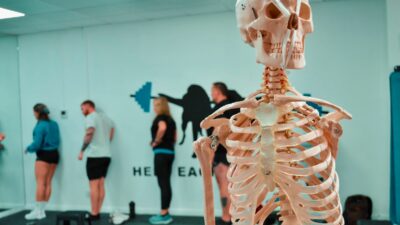
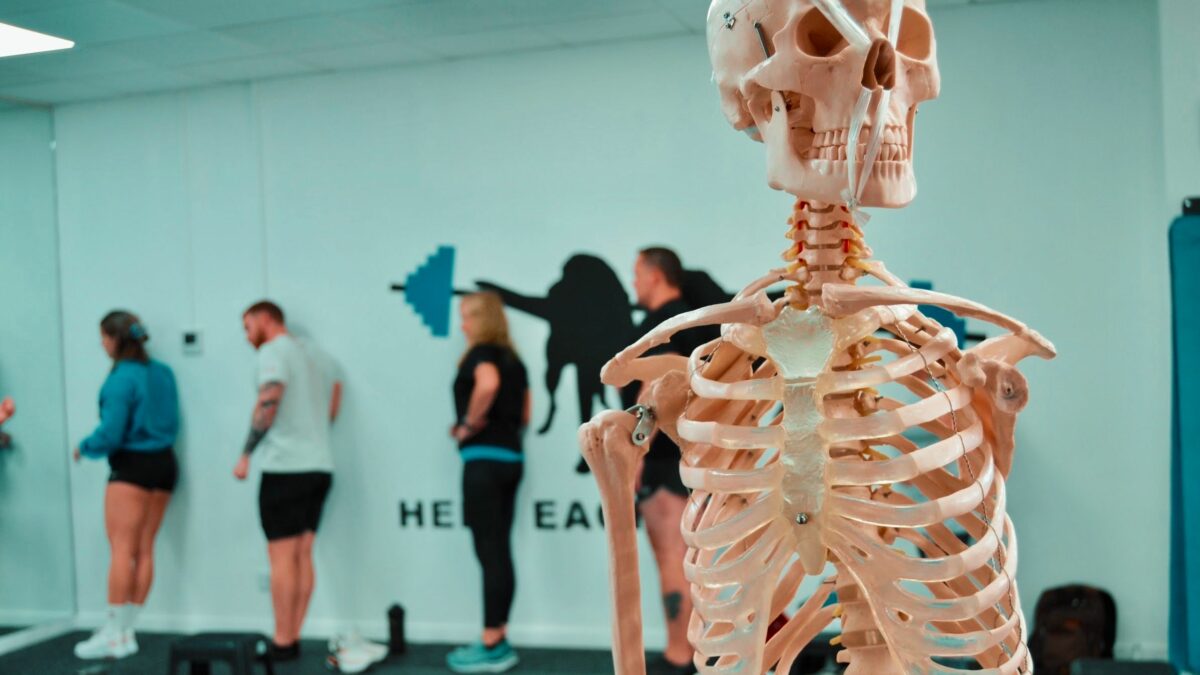
Musculoskeletal (MSK) Education Courses Explained
A Guide to Musculoskeletal Education and Its Role in Biomechanics


A Guide to Musculoskeletal Education and Its Role in Biomechanics
Have you come across the term MSK and wondered what it means? Or perhaps you’re considering studying musculoskeletal (MSK) health but aren’t sure if it’s the right path for you?
MSK refers to the musculoskeletal system—a complex network of muscles, bones, joints, and connective tissues that enable movement and support daily function. When this system is compromised, it can lead to pain, mobility issues, and long-term health concerns.
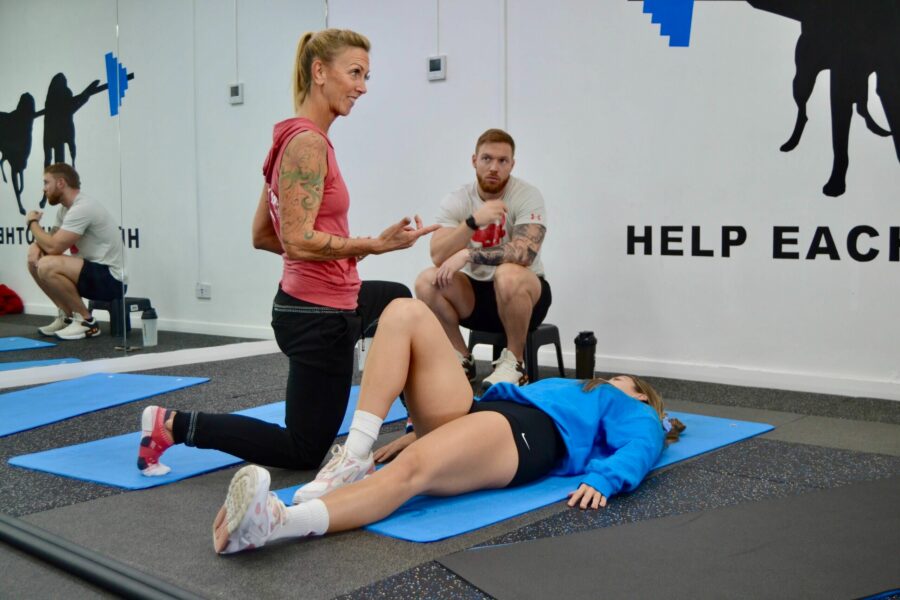
In the UK, MSK conditions are widespread, impacting over 20 million people. These conditions range from minor discomfort to chronic issues like arthritis and osteoporosis. While MSK health is often linked to medical treatment, fitness professionals, movement specialists, and rehabilitation experts also play a vital role in maintaining and improving musculoskeletal function.
At Biomechanics Education, we believe that knowledge of musculoskeletal health isn’t just for healthcare professionals—it’s valuable for anyone working with human movement. Whether you’re in fitness, rehabilitation, or workplace wellness, understanding MSK health can help you enhance movement, prevent injuries, and improve overall quality of life.
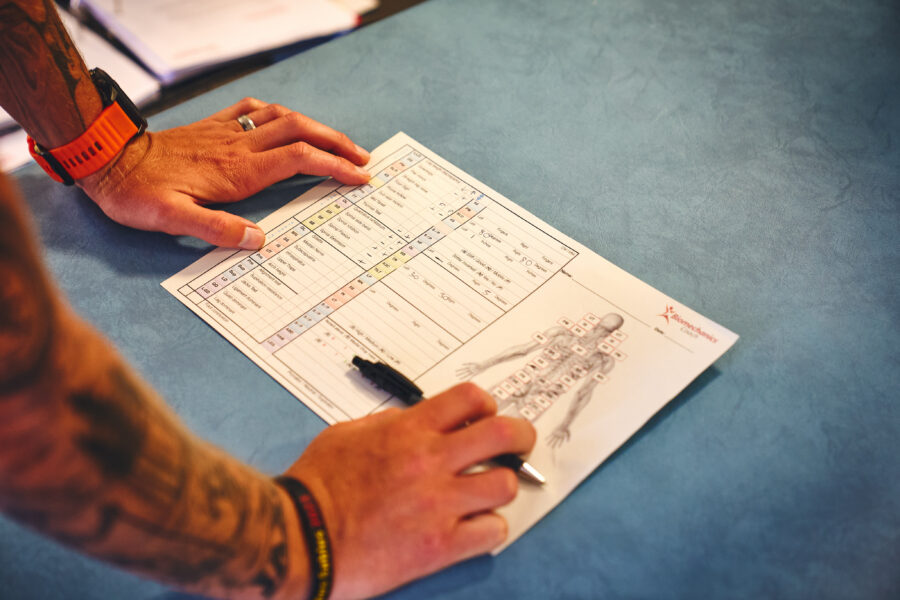
MSK stands for musculoskeletal, which refers to the combined systems of muscles and bones that allow movement and provide structural support. The term is often used in clinical settings when discussing MSK conditions, but it also applies to the way the body functions in everyday movement.
Bones: Providing structure and protecting vital organs.
Muscles: Enabling movement by contracting and relaxing.
Joints: Connecting bones and allowing flexibility and a range of motion.
Connective Tissues: Including tendons, ligaments, and cartilage, which support and stabilise the system.
Maintaining MSK health is essential for staying active, preventing discomfort, and reducing the risk of long-term issues. While medical professionals often focus on treating MSK conditions, movement specialists, fitness trainers, and rehabilitation professionals work on optimising movement and preventing dysfunction before it becomes a clinical issue.
Musculoskeletal (MSK) education isn’t just for medical professionals—it’s valuable for anyone who works with movement, rehabilitation, or physical health. Whether you’re in healthcare, fitness, sports, or workplace health, a solid understanding of MSK principles can help you support better movement, prevent injuries, and improve overall well-being.
Studying MSK helps individuals make informed decisions, apply effective interventions, and promote better movement strategies. The right education can enhance careers, improve client outcomes, and contribute to long-term musculoskeletal health.
Here are some of the professionals who benefit from MSK education:
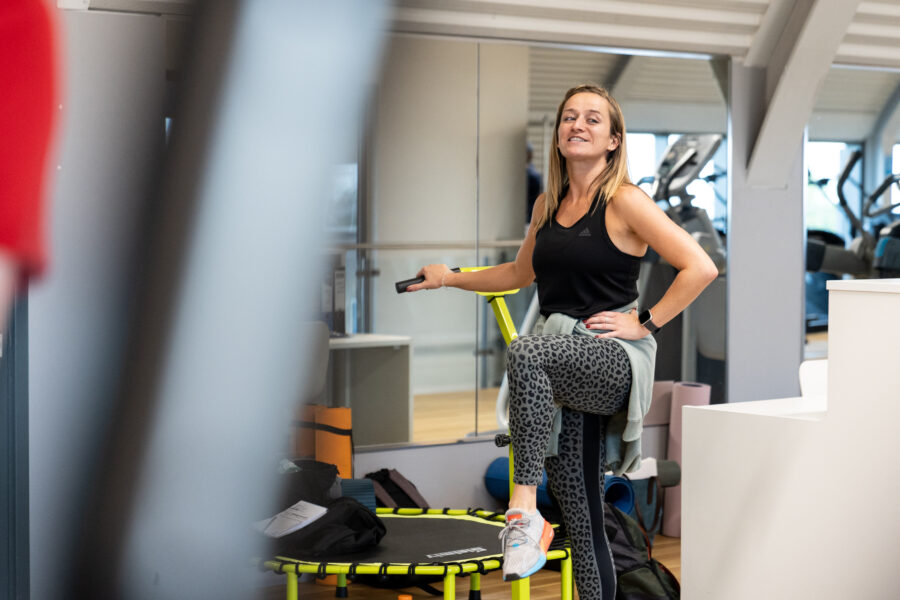
Those looking to build a career in physiotherapy, sports therapy, chiropractic care, or orthopaedics.
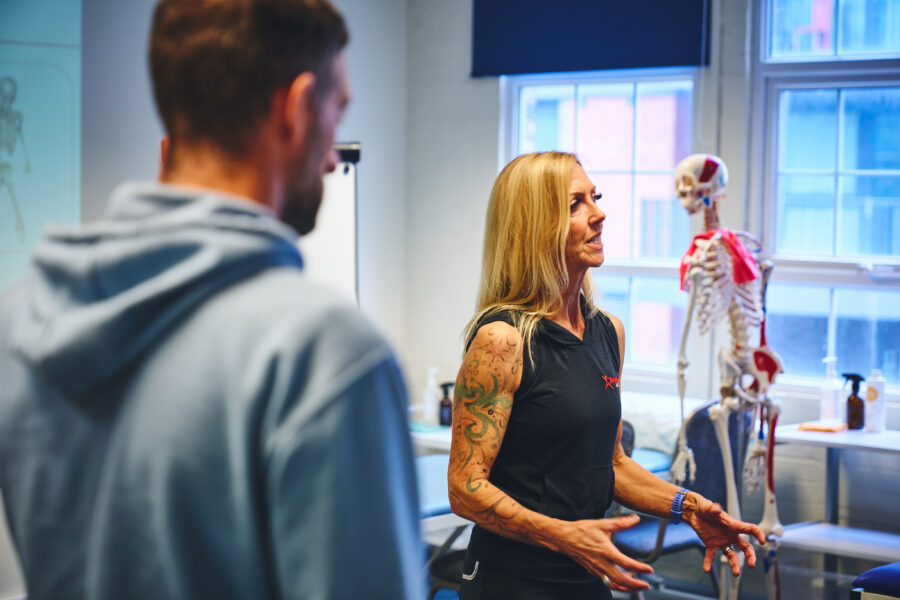
Medical and allied health professionals who want to expand their skills in MSK assessment and treatment.

Personal trainers, coaches, and therapists looking to refine their understanding of movement, injury prevention, and rehabilitation.
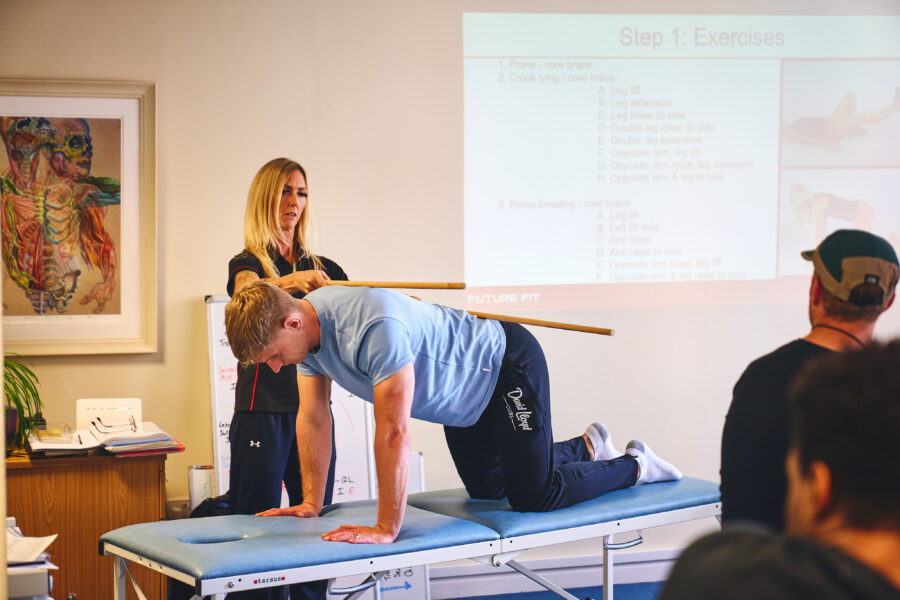
Those studying human movement, biomechanics, or rehabilitation methods.
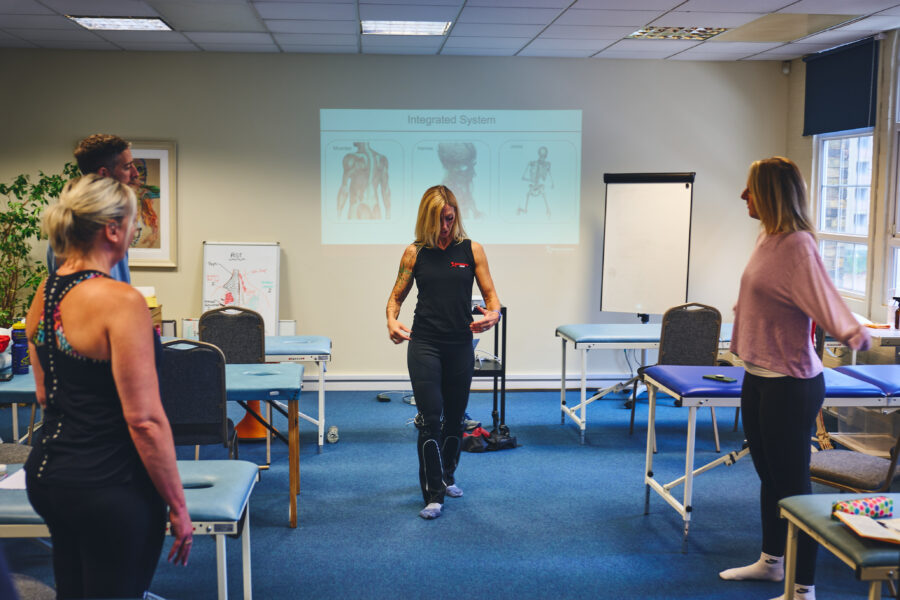
Professionals working to reduce workplace strain, improve posture, and prevent MSK injuries.
Understanding musculoskeletal (MSK) conditions is important for recognising early signs of dysfunction, preventing injuries, and managing long-term issues.
Many of these conditions develop gradually due to movement imbalances, poor mechanics, or a lack of physical activity. While medical treatment is sometimes required, proactive movement strategies and preventative care play a key role in reducing risk and managing symptoms effectively.
A degenerative joint condition where cartilage wears down over time, leading to pain, stiffness, and reduced mobility.
An autoimmune disorder that causes chronic inflammation in the joints, often resulting in pain, swelling, and joint deformities.
One of the most widespread MSK issues, often caused by muscle imbalances or prolonged inactivity.
A condition that weakens bones, making them more prone to fractures, particularly in older adults.
Inflammation of a tendon, usually due to repetitive movements or overuse, causing pain and discomfort around the affected joint.
Compression of the median nerve in the wrist, leading to numbness, tingling, and weakness in the hand.
A chronic condition characterised by widespread pain, fatigue, and increased sensitivity to pressure in muscles and joints.
A group of conditions caused by repetitive movements, overuse, or poor ergonomics, commonly seen in office workers and manual labourers.
Musculoskeletal (MSK) education is essential for professionals working with human movement, whether in healthcare, fitness, or rehabilitation. A strong understanding of MSK health enables better assessment, injury prevention, and movement optimisation. By equipping professionals with the knowledge to identify and address dysfunctions early, MSK education helps improve long-term physical well-being and overall quality of life.
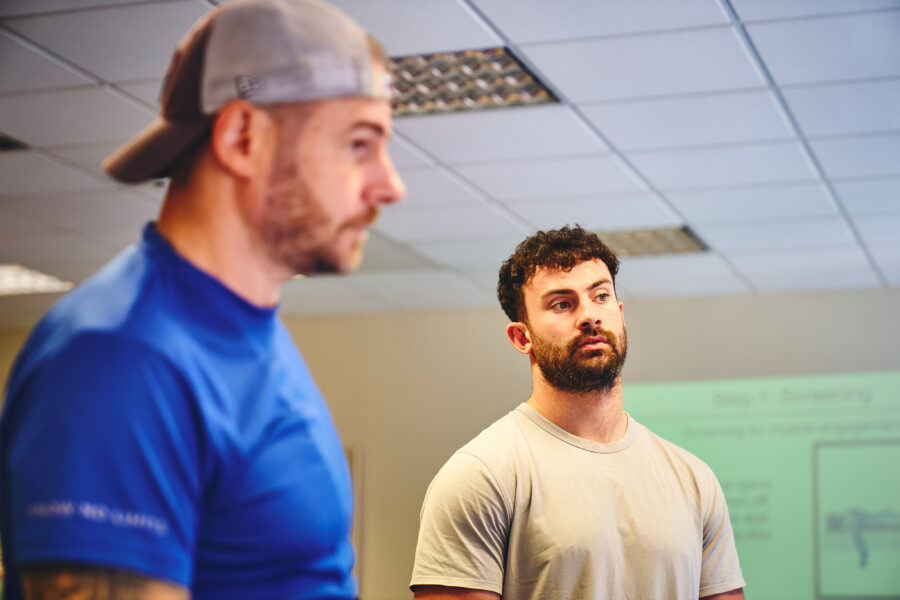
Musculoskeletal (MSK) education goes beyond simply understanding conditions; it provides professionals with the knowledge to prevent issues, improve movement, and enhance physical health. Whether in clinical practice, fitness coaching, or rehabilitation, a strong foundation in MSK health allows for more effective assessment, treatment, and injury prevention.
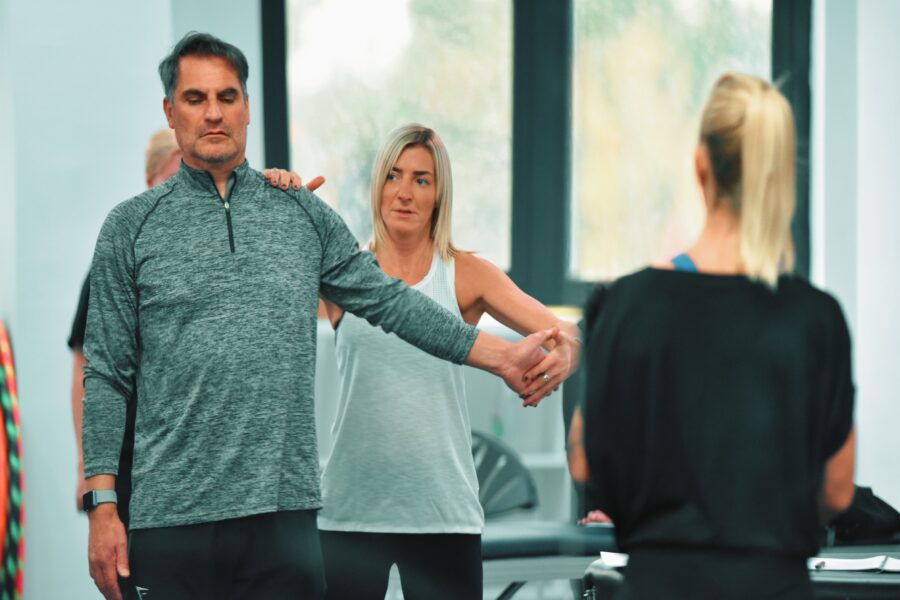
A deeper understanding of MSK health enables professionals to identify movement dysfunctions, provide tailored interventions, and improve long-term outcomes. Knowledge of biomechanics and movement helps reduce the risk of injuries, particularly in physically active individuals or those recovering from previous issues. Recognising the early signs of MSK conditions allows for quicker, more effective action before minor issues develop into chronic problems.
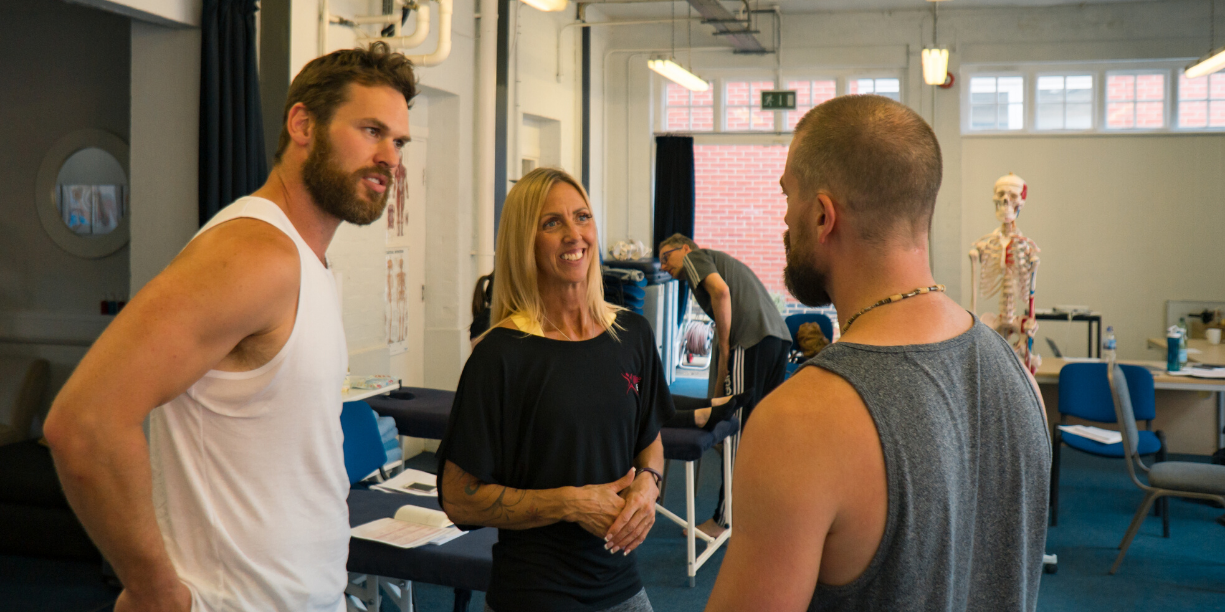
MSK education also supports collaboration between different fields, bridging the gap between healthcare, fitness, and rehabilitation professionals. As MSK conditions continue to affect millions of people, the demand for professionals with expertise in movement science and injury prevention is increasing. Having the right knowledge and skills can make a significant difference in improving mobility, reducing pain, and maintaining long-term musculoskeletal health.
Musculoskeletal conditions are one of the leading causes of workplace absence in the UK. Many employees experience back pain, repetitive strain injuries, or discomfort caused by prolonged sitting or physically demanding tasks. Without proper intervention, these issues can lead to long-term pain, reduced productivity, and increased sick leave.
Workplace health initiatives that focus on MSK education can help prevent these problems before they escalate. Simple changes, such as adjusting workstation ergonomics, incorporating movement breaks, and improving manual handling techniques, can significantly reduce the risk of injury. Occupational health professionals trained in MSK support can assess workplace risks, recommend practical solutions, and provide training to employees on safe movement and posture.
Employers who invest in MSK education for their staff often see a reduction in absenteeism, improved workplace morale, and increased efficiency. By addressing movement-related issues early, businesses can create healthier, more productive work environments while reducing the strain on healthcare services.
Intrinsic biomechanics focuses on the body’s internal systems—how muscles, joints, nerves, and connective tissues interact to produce movement. Unlike traditional biomechanical approaches that often assess movement from an external perspective, intrinsic biomechanics looks at the deeper neuromuscular factors that influence motion quality.
By incorporating intrinsic biomechanics into MSK education, professionals gain a more refined understanding of how movement dysfunctions develop. These dysfunctions often start as subtle imbalances within the nervous and musculoskeletal systems before manifesting as pain, stiffness, or injuries. Addressing these intrinsic factors allows for a more preventative approach to MSK care rather than just managing symptoms after an issue arises.
For personal trainers, sports coaches, and rehabilitation specialists, having a strong grasp of intrinsic biomechanics within MSK education means they can support clients with a more refined, evidence-based approach. Whether working with athletes aiming to enhance performance, clients recovering from injuries, or individuals looking to maintain mobility as they age, an understanding of intrinsic biomechanics ensures that movement interventions are more precise, effective, and sustainable.
Rather than just correcting poor movement habits at a surface level, this approach allows professionals to address the root causes of dysfunction, leading to long-term improvements in strength, mobility, and overall musculoskeletal health.
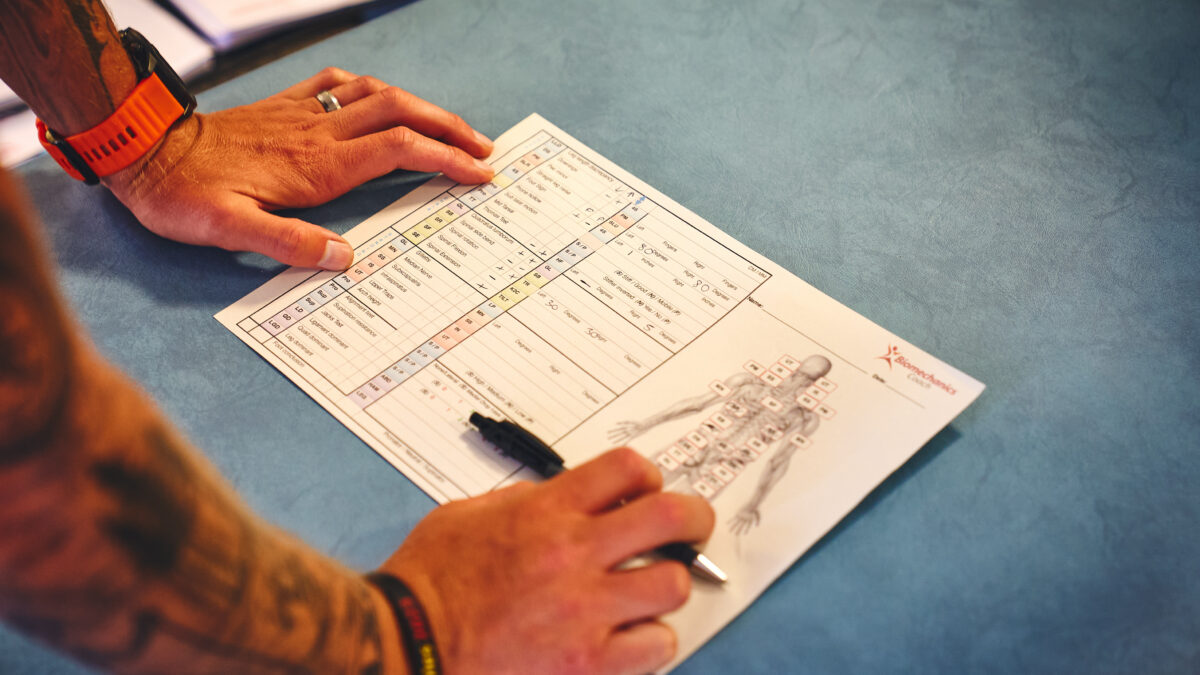
Enhance your expertise in movement, injury prevention, and performance. Start your MSK and biomechanics journey today.